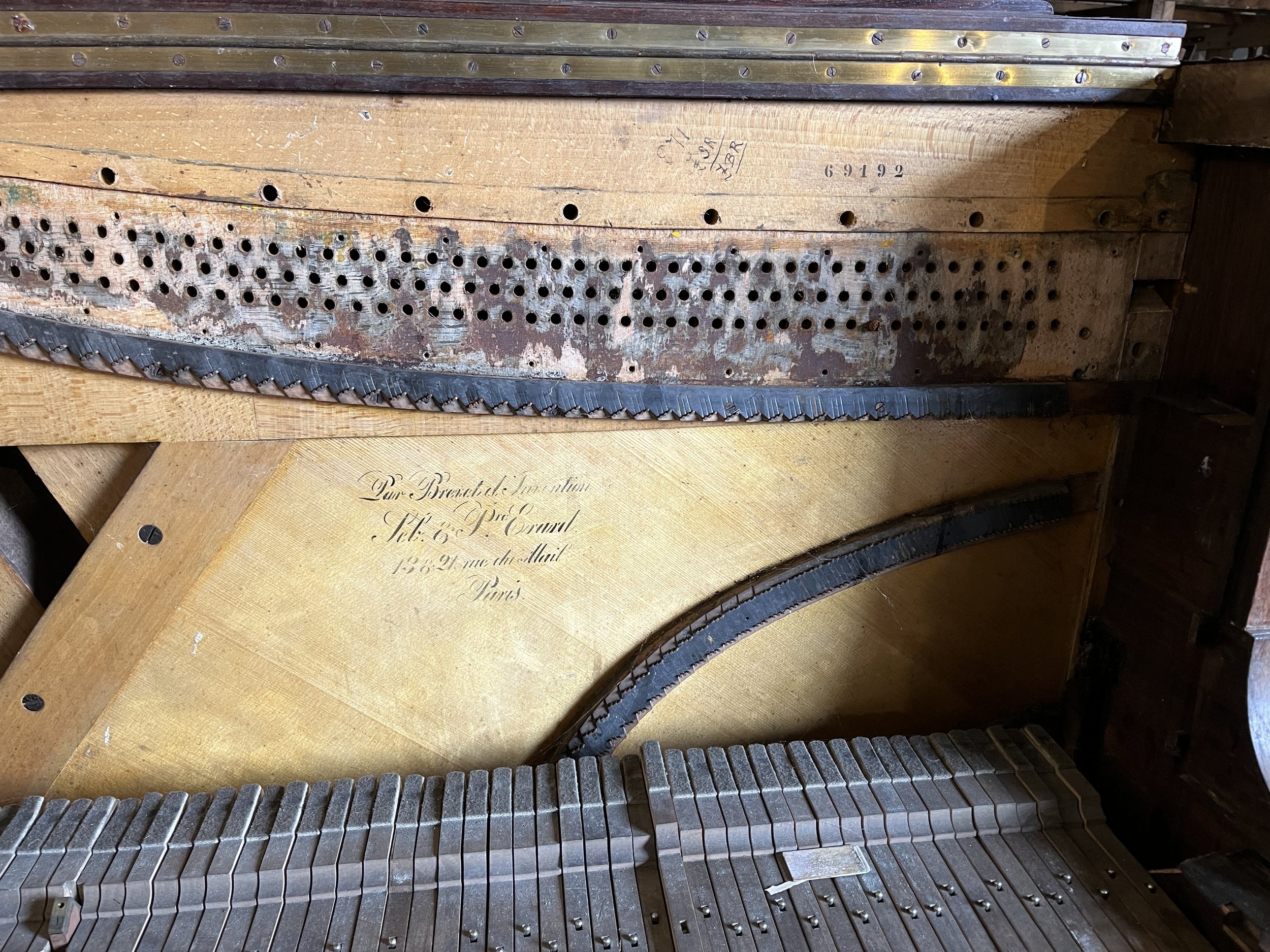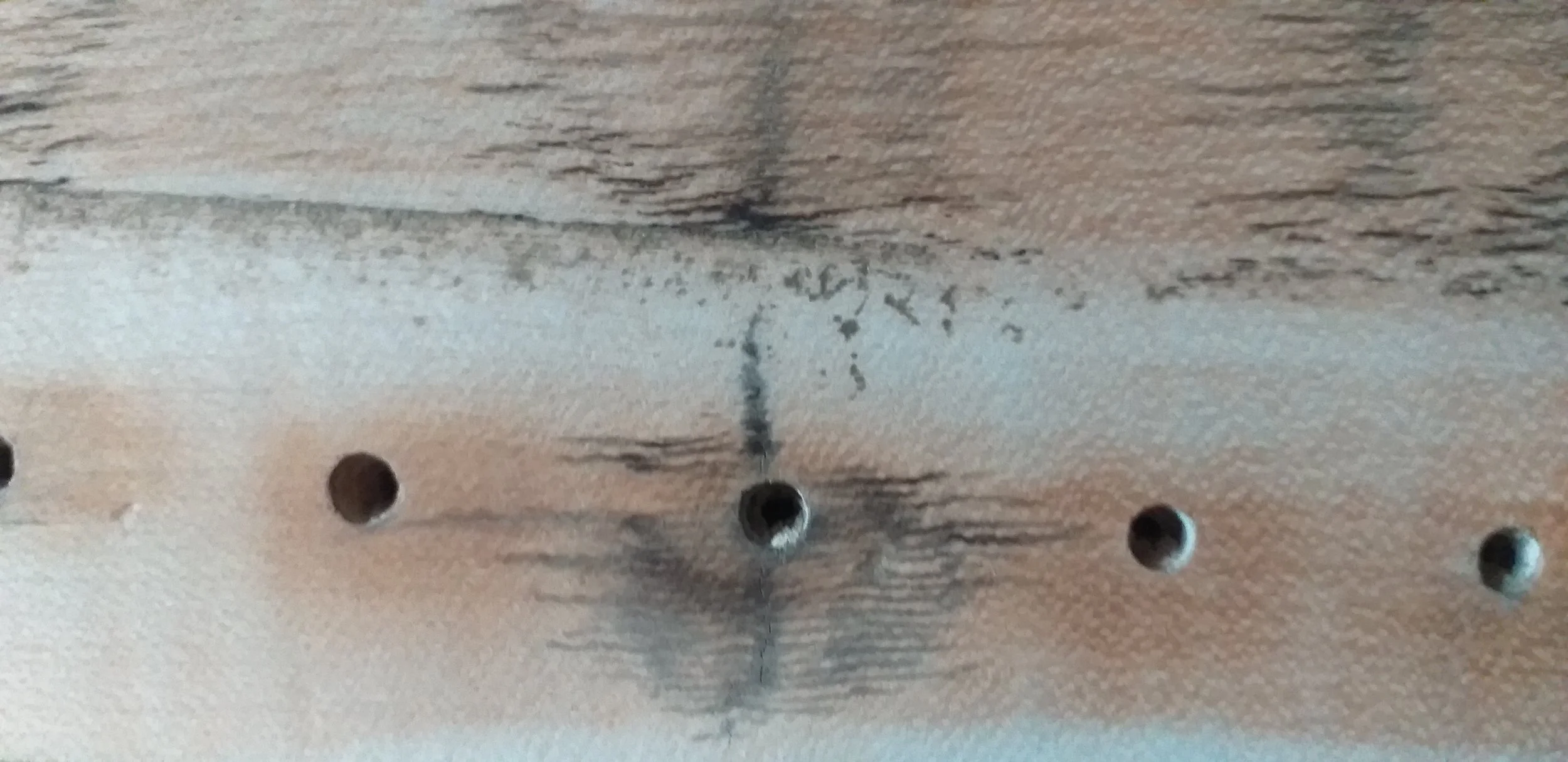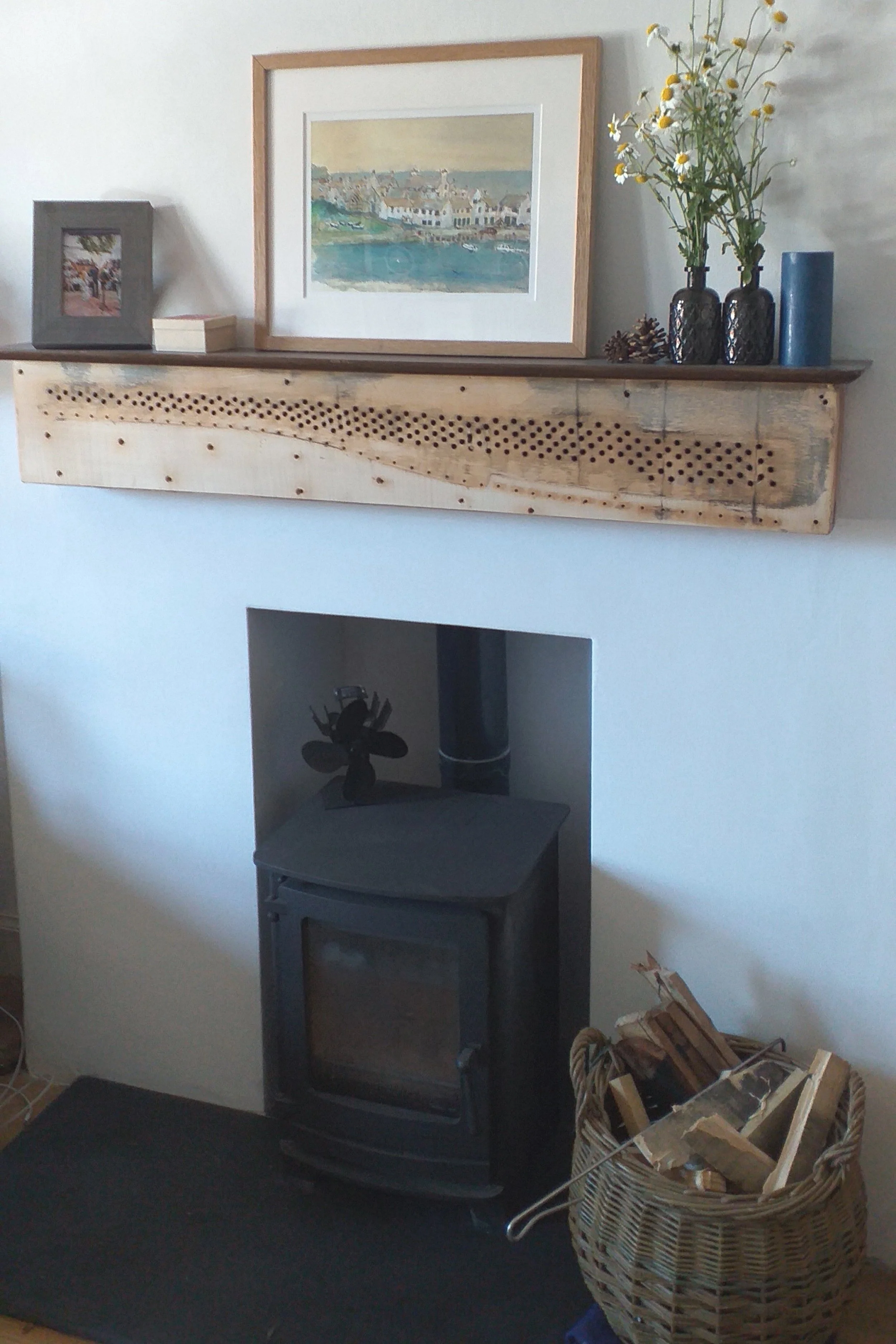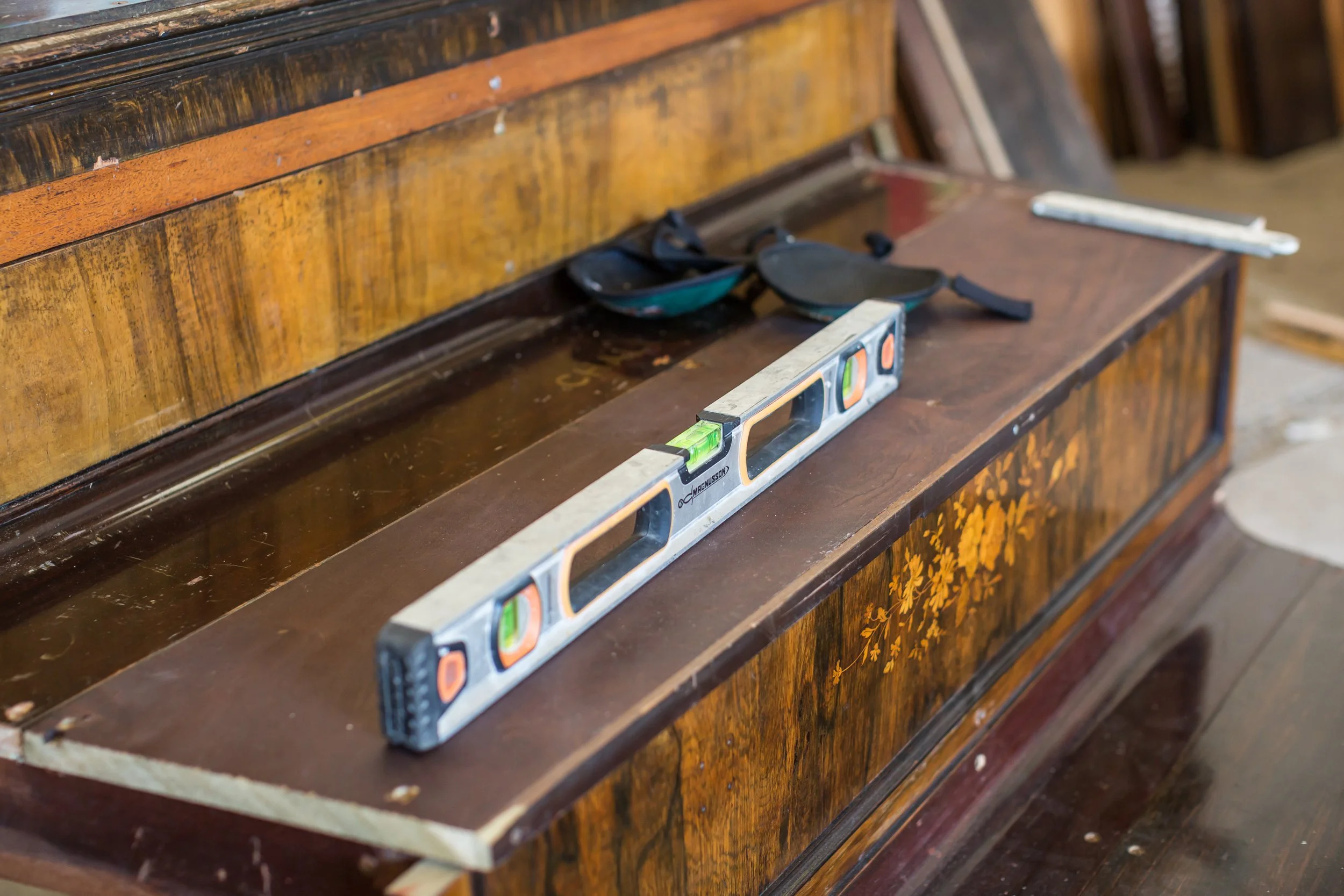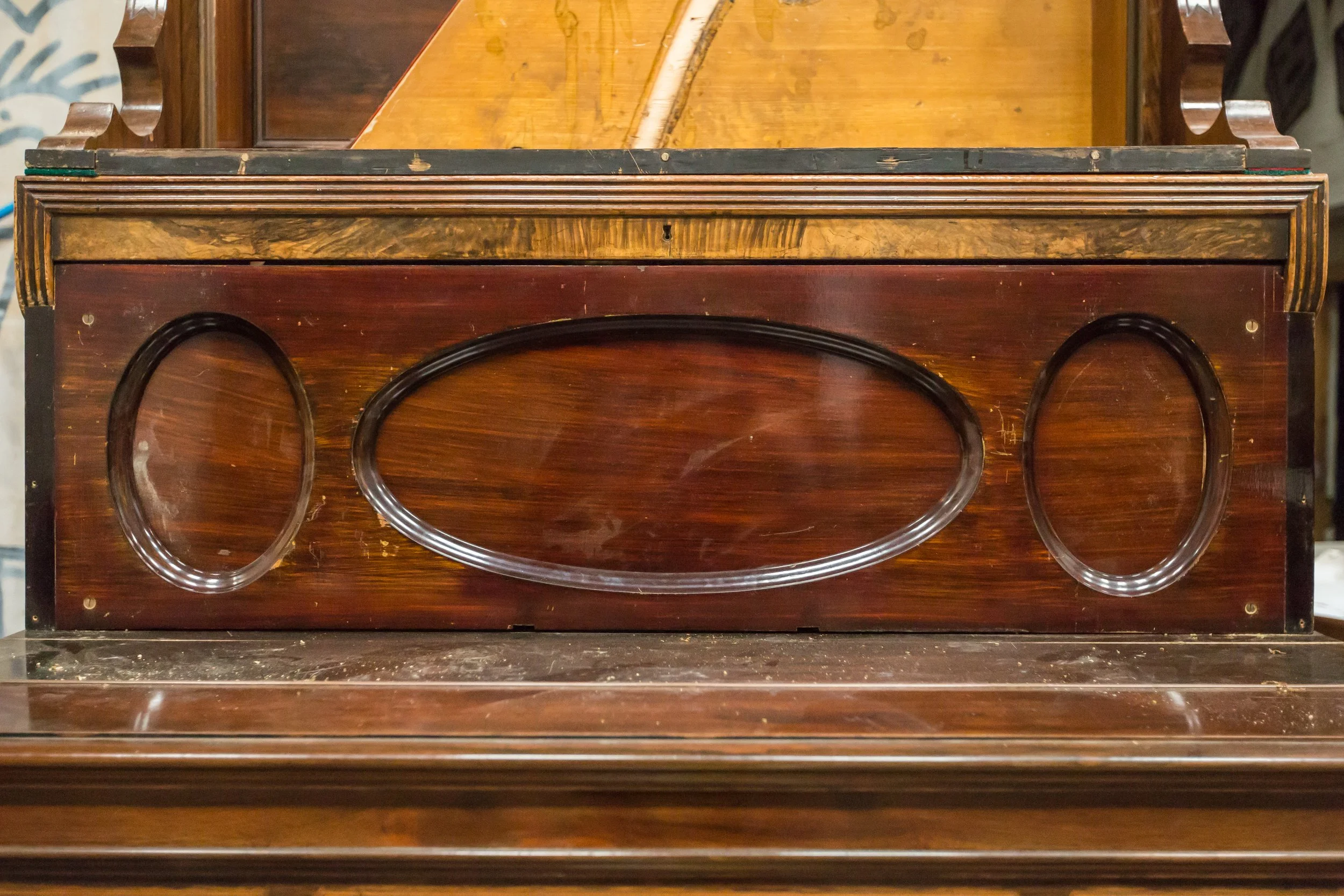
Pianodrome Blog
Piano action in words.
Pinblock Mantelpiece
What is the most aesthetically pleasing part of a piano?
Perhaps it is the iconic keyboard, with its ordered universe of black and white keys, either shining brightly or showing the tallow use of decades of enjoyment? Could it be the keyboard lid which seamlessly curves over the keys, closing to meet a miniature lock and key? Or maybe it’s the front panel adorned with decoration; either embossed with elegant beading or inlaid with marquetry depicting dreamlike flower scenes or astral forms? There is much to love in the piano’s pleasing form.
What is the most aesthetically pleasing part of a piano?
Perhaps it is the iconic keyboard, with its ordered universe of black and white keys, either shining brightly or showing the tallow use of decades of enjoyment. Could it be the keyboard lid which seamlessly curves over the keys, closing to meet a miniature lock and key. Or maybe it’s the front panel adorned with decoration; either embossed with elegant beading or inlaid with marquetry depicting dreamlike flower scenes or astral forms. There is much to love in the piano’s pleasing form.
For me though the most beautiful part is hidden away, only revealed once you have completely taken a piano apart. By removing all of the outer panels, the keyboard and key shelf, unwinding all the strings, taking out the pins and finally detaching the cast iron harp you are left with the skeleton of the piano; timbers stretching from the base upwards connecting to the pinblock running along the top. This pinblock or “wrest plank” is the piano’s hidden gem.
Whilst the outer panels are polished to a high sheen the pin block contains an unadorned charm. Stamped with the serial number of it’s maker, there is a spinal sweep of holes cascading from left to right. Once these holes housed the pins on which the strings of the piano were wound. Now they form a complex pattern which, in it’s seeming irregularity, only hints at their original purpose and brings to mind insect burrows or tactile punch card holes.
The wood is typically a shimmering, sallow beech, areas covered by the harp are a pale yellow, almost a fleshy pink, bruised where screws once dug in. The relative peace of this zone is broken by turbulent exposed areas which take on caramel tones. Grey forms ripple through the wood, reflecting something unseen onto its surface. A swirl of black eddies around the vortex of those pin holes. Closer inspection reveals a calm sea at night, with a lighthouse in the background, all captured in the space of a thumbnail. There seems no end to the landscapes found here.
With this in mind I liberated a fine pin block from a Methven piano this week. By hollowing out the middle part I was able to mount it onto the wall above a wood burning stove, creating a distinctive mantelpiece. Topping it off with the original piano lid I was able to hide any screws used to fix it to the wall, giving the appearance that this substantial piece of wood is floating in air.
Going forward we want to uncover more hidden uses for pianos which are past their play by date.
Please contact Studio Pianodrome if you are interested in owning a unique piece of furniture made from pianos.
The piano desk
Using materials from discarded pianos is a way of honouring the craftsmanship that went into building the pianos sometimes over a century ago, and giving new life to parts that provided the instrument its music and character. It is also a way of making the most of what is available, limiting waste and the need to produce new objects for a specific purpose.
As part of this vision, bespoke furniture can be built from piano parts, and in the case of this Studio Pianodrome project, a desk was designed to fit into the small space available by a window.
Studio Pianodrome repurposes piano parts to create and build new objects that can be used day to day, reusing wood panels, screws, keys and all sorts of bits and pieces that can be found in a piano that is no longer played.
Using materials from discarded pianos is a way of honouring the craftsmanship that went into building the pianos sometimes over a century ago, and giving new life to parts that provided the instrument its music and character. It is also a way of making the most of what is available, limiting waste and the need to produce new objects for a specific purpose.
Design and drawings by Tim Vincent-Smith.
Photo credit: Shona MacArthur
As part of this vision, bespoke furniture can be built from piano parts, and in the case of this Studio Pianodrome project, a desk was designed to fit into the small space available by a window.
A piece of wood was chosen, with an ideal width for a small table and a beautiful pattern of lozenges of different shades. The design allowed for the desk to fit around the walls near the window, using the shape of the available space and of the piece of wood together.
In the spirit of upcycling as much of the material as possible, the spare pieces of wood that were cut to shape the desk were added to the design as a small shelf and a ledge linking it to the table, therefore using the entirety of the piece of wood. A few piano keys were added as brackets for the desk and a leg providing support for the shelf.
Photo credit: Shona MacArthur
The final result is a beautiful patterned desk that fits nicely into the window sill, held up by two piano keys, one black and one white that are visible at the edge of the table. A small shelf with the same pattern is right below the side of the desk, held up and linked to the table by the other piece of wood cutting, and by another whole piano key, using its natural angle to form a leg for the shelf.
Finally, two sets of a white and black key link the desk to the shelf, adding to the piano look of the desk and providing support for notebooks or other objects. This Studio Pianodrome project upcycled the entirety of the chosen materials from a disused instrument into a unique, bespoke piece of furniture.
Photo credit: Shona MacArthur
The piano top
‘If you are in a shipwreck and all the boats are gone, a piano top buoyant enough to keep you afloat that comes along makes a fortuitous life preserver.’
R. Buckminster Fuller, 1966.
If you are in a shipwreck and all the boats are gone, a piano top buoyant enough to keep you afloat that comes along makes a fortuitous life preserver. But this is not to say that the best way to design a life preserver is in the form of a piano top. I think that we are clinging to a great many piano tops in accepting yesterday’s fortuitous contrivings as constituting the only means for solving a given problem. Our brains deal exclusively with special-case experiences. Only our minds are able to discover the generalized principles operating without exception in each and every special-experience case which if detected and mastered will give knowledgeable advantage in all instances.
Excerpt from ‘Operating Manual For Spaceship Earth’ by R. Buckminster Fuller, 1966.
